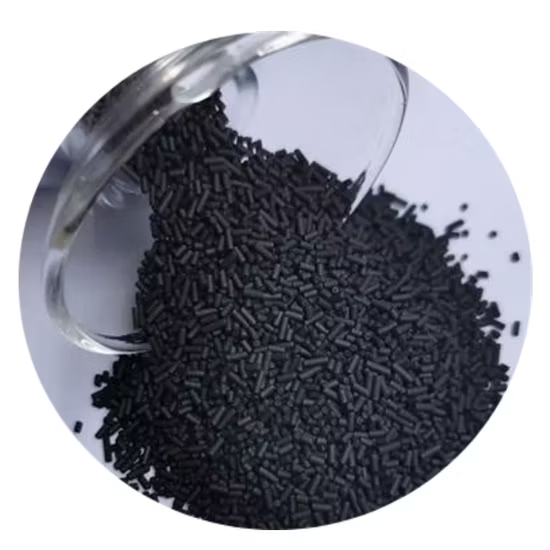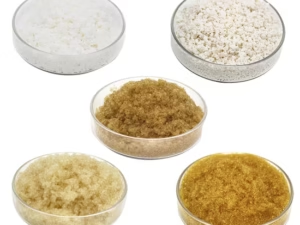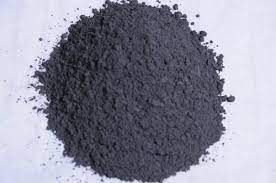Description
Carbon Black Adsorbents: Tiny Particles, Mighty Potential for Environmental Remediation
Carbon black, a seemingly unassuming material primarily known for its use in tires and pigments, is quietly emerging as a powerful and versatile adsorbent for a wide range of pollutants. Thanks to its unique properties – high surface area, tunable surface chemistry, and relatively low cost – carbon black is proving to be a game-changer in environmental remediation, offering a sustainable and efficient solution for removing contaminants from air and water.
What is Carbon Black and Why is it a Good Adsorbent?
Carbon black is produced by the incomplete combustion of heavy petroleum products, coal tar, vegetable matter, or even waste plastics. This process yields incredibly small particles, typically ranging from 10 to 500 nanometers in diameter, forming aggregates with a high surface area. This high surface area is the key to its adsorption capabilities.
Adsorption is the process where molecules adhere to the surface of a solid material. Carbon black excels at this because:
- High Surface Area: The vast surface area provides ample sites for pollutants to bind. Think of it like a microscopic sponge, readily soaking up contaminants.
- Porous Structure: Carbon black often possesses a complex porous structure, further increasing the available surface area and providing internal spaces for molecules to get trapped.
- Surface Chemistry: The surface of carbon black can be modified to enhance its affinity for specific pollutants. This opens up possibilities for targeted removal of contaminants like heavy metals, dyes, and organic compounds.
- Cost-Effectiveness: Compared to other advanced adsorbents like activated carbon or graphene, carbon black is generally more affordable, making it a more accessible option for large-scale applications.
Applications of Carbon Black Adsorbents
The versatility of carbon black as an adsorbent allows for its application in a wide array of environmental cleanup scenarios:
- Water Treatment:
- Heavy Metal Removal: Carbon black can effectively remove toxic heavy metals like lead, cadmium, and mercury from contaminated water sources.
- Dye Removal: The textile industry generates significant wastewater containing dyes. Carbon black can adsorb these dyes, preventing them from polluting aquatic ecosystems.
- Organic Pollutant Removal: Pesticides, pharmaceuticals, and other organic pollutants can be effectively removed from water using carbon black adsorbents.
- Air Purification:
- VOC Removal: Volatile organic compounds (VOCs) are common air pollutants found in both indoor and outdoor environments. Carbon black can be used in air filters to capture and remove these harmful substances.
- Odor Control: Carbon black is also effective at removing odor-causing compounds from the air, making it useful in applications like waste management and industrial settings.
- Soil Remediation:
- Contaminant Immobilization: Carbon black can be used to immobilize contaminants in soil, preventing them from leaching into groundwater and posing a risk to human health and the environment.
Enhancing Carbon Black Performance
While carbon black is already a promising adsorbent, researchers are continuously exploring ways to further enhance its performance. These strategies include:
- Surface Modification: Chemical treatments or doping with other materials can alter the surface chemistry of carbon black, making it more selective and efficient at adsorbing specific pollutants. For example, surface oxidation can improve its affinity for polar molecules.
- Composite Materials: Combining carbon black with other materials like polymers, metal oxides, or clay can create composite adsorbents with enhanced properties, such as increased adsorption capacity and improved mechanical strength.
- Activation: Activating carbon black involves treating it with chemical or physical agents to further develop its porous structure and increase its surface area.
The Future of Carbon Black Adsorbents
As environmental concerns continue to escalate, the demand for cost-effective and sustainable solutions for pollution control is growing rapidly. Carbon black, with its inherent advantages and potential for further enhancement, is poised to play a significant role in meeting this demand.
Ongoing research and development efforts are focused on:
- Developing tailored carbon black adsorbents for specific pollutants.
- Improving the adsorption capacity and selectivity of carbon black.
- Exploring novel applications for carbon black adsorbents in emerging fields like carbon capture and storage.
In conclusion, carbon black, often overlooked, is a powerful and versatile adsorbent with immense potential for environmental remediation. Its high surface area, tunable surface chemistry, and cost-effectiveness make it a compelling alternative to conventional adsorbents. As research progresses and new applications emerge, carbon black is set to become an increasingly important tool in our fight against pollution and our efforts to create a cleaner, healthier planet.















Reviews
There are no reviews yet.